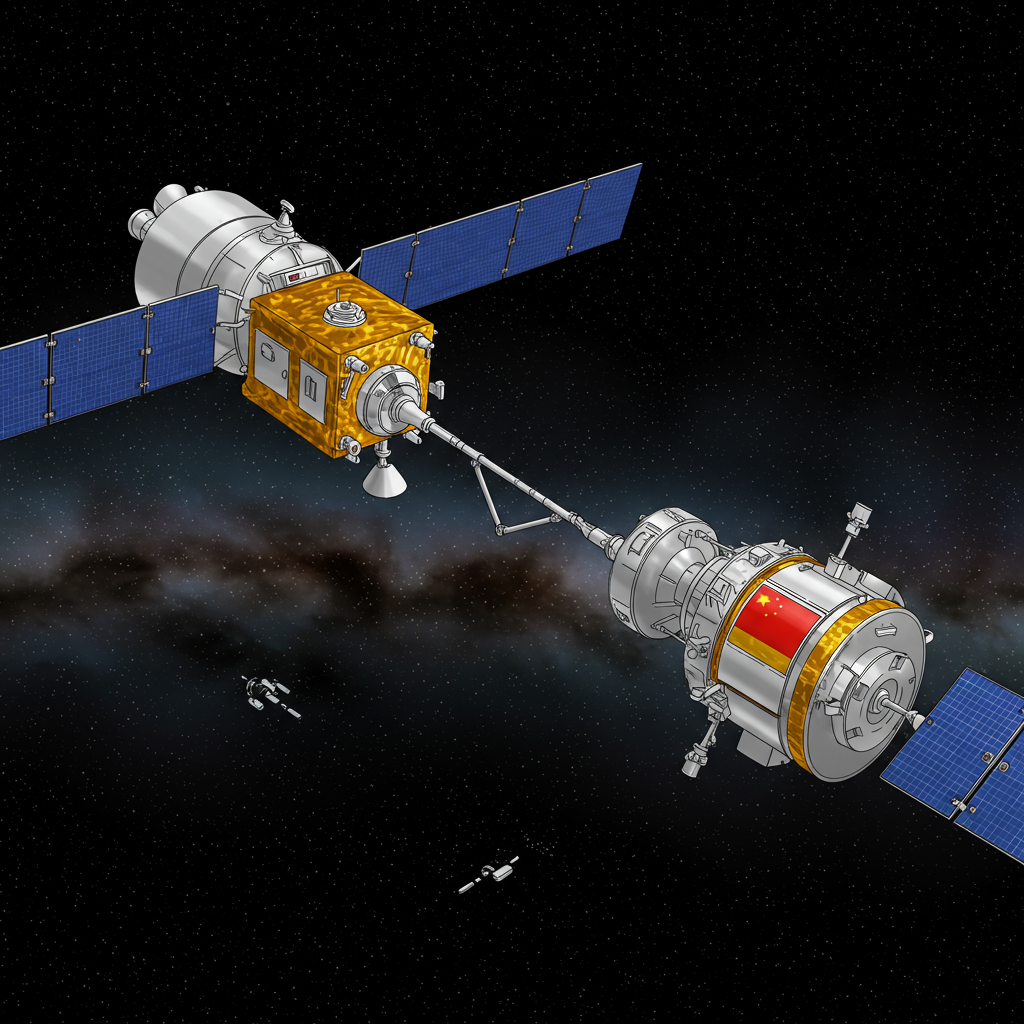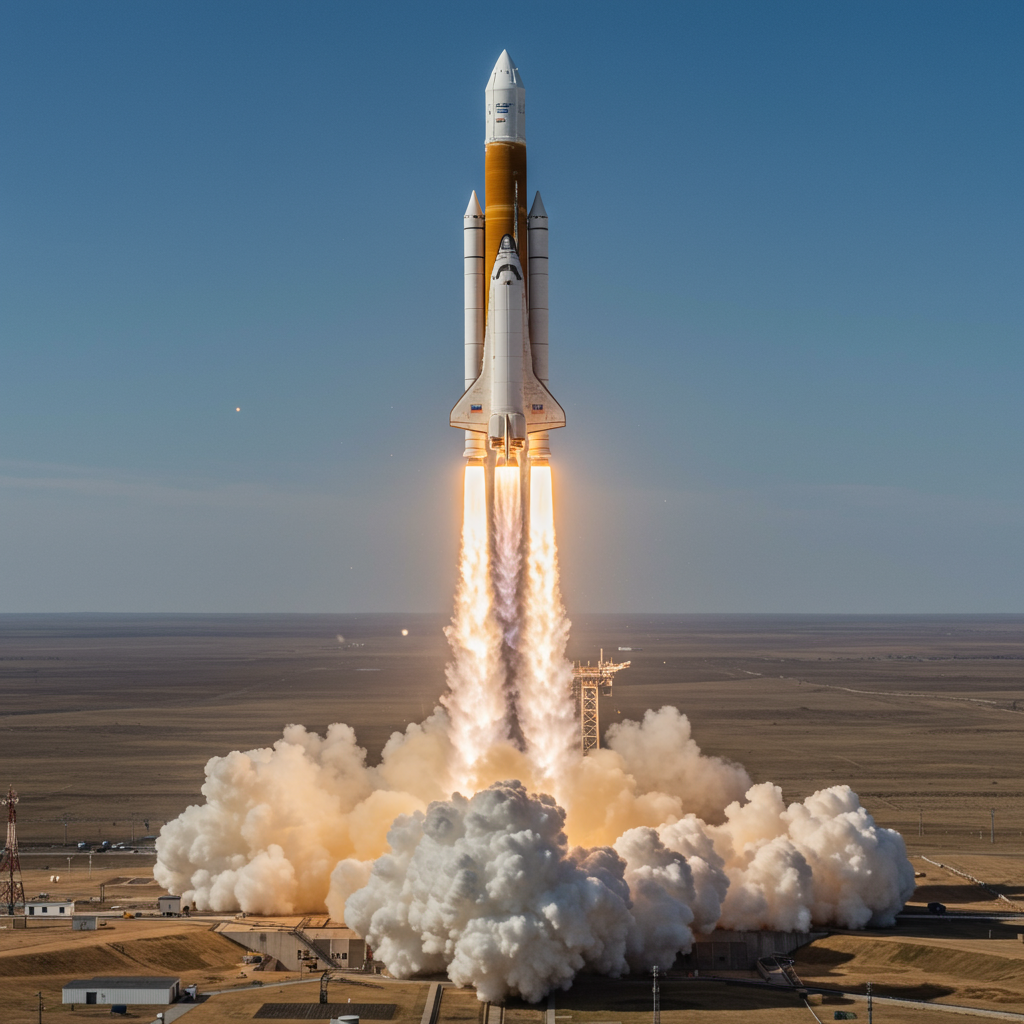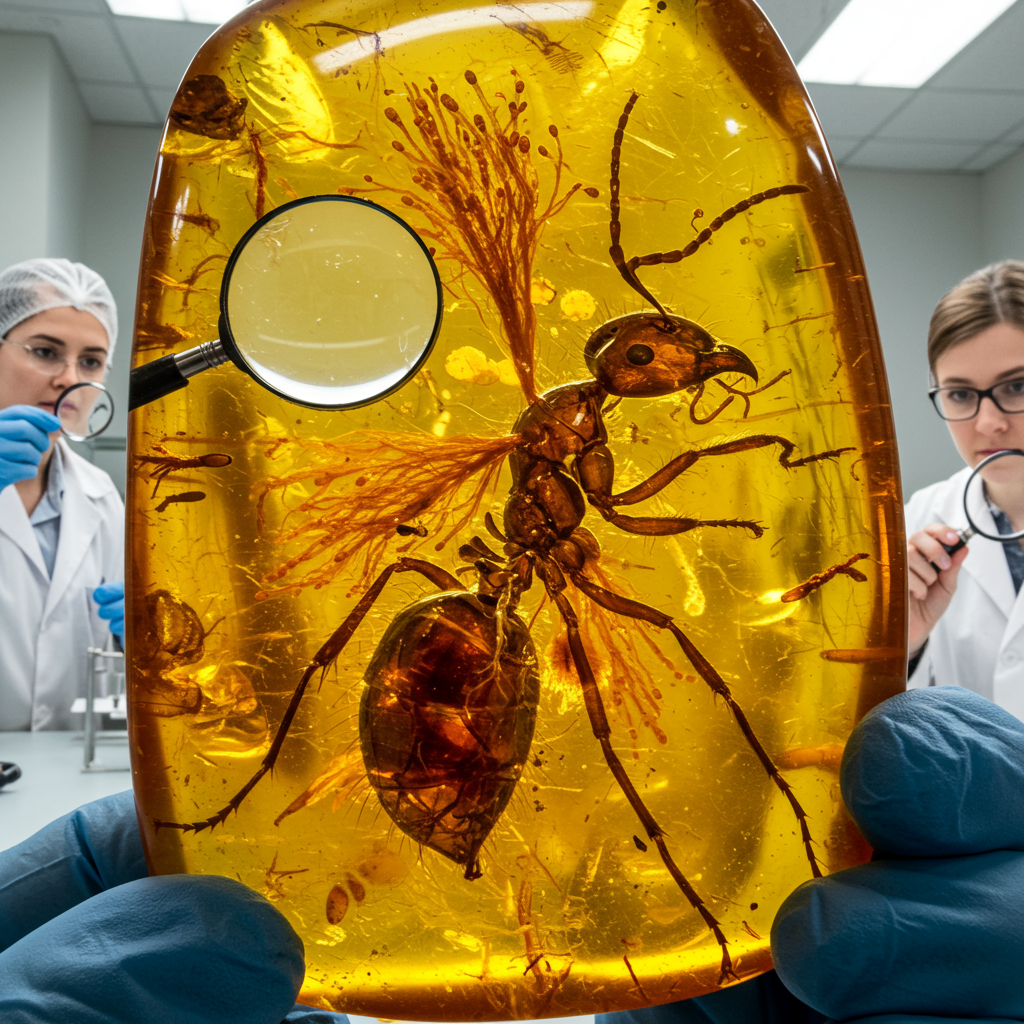Tracking data suggests China may be attempting the first-ever on-orbit satellite refueling, a complex maneuver with significant implications for future space operations and national security. Satellite tracking firms recently observed two Chinese spacecraft engaged in highly unusual proximity operations, raising the possibility that Beijing is pursuing this groundbreaking capability.
Signs of an Orbital Refueling Attempt
According to satellite tracking companies Slingshot Aerospace and COMSPOC, China’s experimental satellite SJ-25, launched in January 2025, has been maneuvering exceptionally close to another Chinese satellite, SJ-21. Beijing has publicly stated SJ-25 is intended for refueling missions.
Observations on June 13, 2025, showed SJ-25 approaching within 1 kilometer (3,280 feet) of SJ-21. While tracking data confirmed the close encounter, Slingshot Aerospace noted that the view from terrestrial telescopes was “inconclusive” regarding whether physical docking – a necessary step for refueling – actually occurred. If docking did take place, experts estimate it lasted no longer than three hours.
The two satellites reportedly separated the following day but are predicted to re-approach on June 23, suggesting a potential second attempt at the complex maneuver.
Why On-Orbit Refueling Matters
A successful in-space refueling would be a major achievement, often referred to in military terms as a space mobility operation. Experts highlight that this capability represents a new frontier for any nation achieving it.
“It would definitely be a big deal,” stated Victoria Samson, chief director of Space Security and Stability at Secure World Foundation. She emphasized that such a capability could be perceived as militarily threatening, calling for greater transparency from Beijing regarding SJ-25’s mission.
Dual-Use Capabilities and Security Concerns
While potentially enabling peaceful applications like extending satellite lifespan or servicing spacecraft, the technologies required for precision proximity operations and docking—such as robotic arms and advanced maneuvering—are inherently dual-use.
“China’s Shijian satellites… showcase advanced proximity operations that, despite being framed as peaceful, feature dual-use technologies… that could be adapted for counterspace missions and satellite interference,” a spokesperson for Space Forces – Space (S4S) told Breaking Defense. S4S, a component command providing forces to US Space Command (SPACECOM), confirmed the two Chinese satellites share a similar orbit and are moving in sync, though they did not comment on potential docking or refueling.
Concerns about China’s intentions in orbit are not new. In 2022, SJ-21 drew attention when it docked with a defunct satellite and towed it to a “graveyard orbit.” While China described this as a space debris removal experiment, US military officials have speculated it could demonstrate a capability to grapple and potentially disable or remove other nations’ satellites.
Kari Bingen, director of the Aerospace Security Project at the Center for Strategic and International Studies, sees these activities as experimental learning opportunities for China. “I can’t help but think about all the tactics, development, and operational learning they’re gaining,” she commented, drawing an analogy to testing a high-performance car without fuel limits.
A Potential Paradigm Shift
Clayton Swope, Bingen’s deputy, described a successful demonstration as a “paradigm shift” for space operations and the commercial space market. He argued that while refueling might not be necessary for satellites in low Earth orbit, it makes significant sense for expensive, high-value assets in geosynchronous orbit (GEO) or beyond.
“Expensive, high-value satellites in geosynchronous orbit… need not be disposable, one-time-use systems,” Swope said, suggesting China understands this potential better than the US, which risks being “late to the party.”
Indeed, China’s apparent pursuit of this capability contrasts with the public posture of some US officials, who have appeared dismissive of its near-term necessity. While the US Space Force has funded some refueling experiments, senior officials have indicated such operations are not currently a near-term priority. The Pentagon’s proposed FY26 budget includes a significant cut to funding for Space Access, Mobility & Logistics, the mission area encompassing on-orbit refueling.
US satellites, including two from the Geosynchronous Space Situational Awareness Program (GSSAP) constellation designed for monitoring space objects, have also been observed maneuvering in tandem with SJ-25, highlighting ongoing US vigilance regarding these Chinese activities.
As the potential for the first-ever satellite refueling unfolds, the space community and defense analysts will be closely watching China’s next moves and their implications for the future of operations in orbit.




